Riding an e-bike at 30 mph drastically reduces battery life and range due to exponential increases in aerodynamic drag and motor power consumption. Compared to 15 mph, energy use more than doubles, slashing distance per charge by up to 50%, while heat and wear on components also rise significantly.
Why Does Riding at 30 mph Drain an E-Bike Battery So Quickly?
Riding at 30 mph forces the e-bike motor to work exponentially harder to overcome much greater air resistance, which increases with the square of speed. This high aerodynamic drag demands substantially more power, rapidly depleting battery charge. Additionally, peak pedal-assist or throttle use at this speed intensifies energy consumption, shortening real-world battery range profoundly.
Energy Consumption vs Speed Chart
| Speed (mph) | Relative Energy Use (Base 1 at 15 mph) |
|---|---|
| 15 | 1.0 |
| 20 | 1.5 |
| 25 | 2.0 |
| 30 | 2.5+ |
How Does Aerodynamic Drag Affect Battery Life at High Speeds?
Aerodynamic drag rises exponentially with speed, meaning that every increase adds a disproportionately larger power requirement on the motor. At 30 mph, wind resistance dominates energy loss, forcing the battery to output significantly more wattage to maintain momentum, accelerating battery depletion and reducing range drastically.
What Other Factors Increase Battery Drain When Riding at 30 mph?
Aside from drag, motor strain and heat buildup increase at 30 mph due to sustained high power output. The rider's weight and cargo add load, requiring even more energy. Terrain influences demand: uphill climbs or headwinds compound power usage. Throttle-only operation drains battery faster than pedal assist. Tire type and rolling resistance also alter energy efficiency.
Which Riding Positions or Styles Influence Battery Usage at Top Speeds?
Riders maintaining 30 mph must often adopt aerodynamic, crouched positions to reduce drag, which can be physically demanding. Despite these efforts, the motor still consumes far more energy at these speeds. Using the highest pedal-assist or throttle settings consistently heightens battery exhaustion compared to moderate assist or variable speeds.
How Much Does Riding at 30 mph Reduce E-Bike Range Compared to Lower Speeds?
Riding at 30 mph can halve your e-bike’s range compared to cruising around 15 mph. For example, a bike with a 50-mile range at moderate speed may only achieve 25 miles or less at 30 mph due to the exponential energy costs of overcoming drag. Riders commonly observe a 25-50% range reduction, depending on conditions.
What Impact Does High-Speed Riding Have on Battery Longevity?
Sustained high power demand generates extra heat inside battery cells and the motor, potentially accelerating degradation over time. Operating repeatedly at or above 30 mph may shorten battery lifespan due to thermal stress and higher discharge rates, especially if cooling or battery management systems are inadequate.
How Do 26-Inch and 27-Inch E-Bike Models Handle Energy Consumption at 30 mph?
26-inch e-bikes, designed for rough terrains like snow and sand, may experience greater energy loss at 30 mph due to increased rolling resistance and less aerodynamic tires. Conversely, 27-inch models, optimized for daily commuting and mountain biking, generally handle high speeds more efficiently but still face steep range reductions at 30 mph.
| Model Size | Terrain Suitability | Expected Range Loss at 30 mph |
|---|---|---|
| 26-inch | Snow, sand, rough terrain | 40-50% |
| 27-inch | Commuting, mountain biking | 25-40% |
Can Riding at 30 mph Be Balanced with Battery Conservation?
Yes, balancing pedal assist levels, reducing throttle use, and employing efficient riding styles can mitigate battery drain somewhat—even at higher speeds. Avoiding constant top-speed runs, favoring gradual acceleration, and slowing down on climbs or into headwinds help conserve battery, extending range despite the speed.
When Should Riders Consider Battery Upgrades for High-Speed E-Biking?
If regularly riding at 30 mph or higher, upgrading to a high-capacity battery with larger watt-hours is advisable. Larger batteries buffer increased power demands and deliver more miles per charge. Paired with proper motor cooling and conservative riding habits, this can sustain performance and preserve battery life.
Buying Tips for E-Bikes Designed for 30 mph Riding
When purchasing an e-bike for high-speed use, prioritize models with:
- High watt-hour batteries for extended range
- Efficient motor systems rated for sustained high output
- Good thermal management and battery protection
- Tires suited to your terrain that balance rolling resistance and grip
- Frame sizes like 26-inch or 27-inch tailored to your riding conditions
TST EBike offers models with 26-inch options for rugged terrains and smooth 27-inch versions for urban commuting and mountain trails, catering to diverse rider needs with cost-effective, high-power solutions.
TST EBike Expert Views
"Riding at 30 mph profoundly affects battery performance primarily due to air resistance and motor load. At TST EBike, we incorporate advanced battery tech and motor systems designed to sustain higher speeds without compromising durability. However, riders should temper speed expectations to preserve range and battery life. Choosing the right model and battery capacity tailored to your terrain and speed preferences ensures optimal cycling enjoyment and longevity."
— TST EBike Product Development Team
Summary of Key Takeaways
Riding an e-bike at 30 mph causes exponentially higher battery consumption, drastically curtailing range compared to moderate speeds. Aerodynamic drag and motor strain are the main culprits for fast battery depletion and possible shorter battery lifespan. Choosing the right bike model and battery size, adopting smooth riding styles, and balancing assisted power settings can help offset these effects. TST EBike’s range offers versatile options for riders confronting these challenges head-on.
Frequently Asked Questions
Q1: How much does riding at 30 mph reduce an e-bike’s battery range?
Typically, range drops by 25-50% compared to riding at 15-20 mph due to increased air resistance and power demand.
Q2: Does using throttle versus pedal assist affect battery use at 30 mph?
Yes, throttle-only use drains the battery faster than pedal assist, which shares workload with the rider.
Q3: Can tire size affect battery efficiency at high speeds?
Yes, 26-inch tires on rough terrain increase rolling resistance and reduce range more than 27-inch tires optimized for commuting.
Q4: Will regularly riding at 30 mph damage the battery?
Sustained high power output generates heat, which can degrade battery lifespan over time if cooling isn’t adequate.
Q5: What’s the best way to extend range while riding fast?
Optimize pedal assist, avoid constant max throttle, upgrade battery capacity, and choose terrain-appropriate tires.

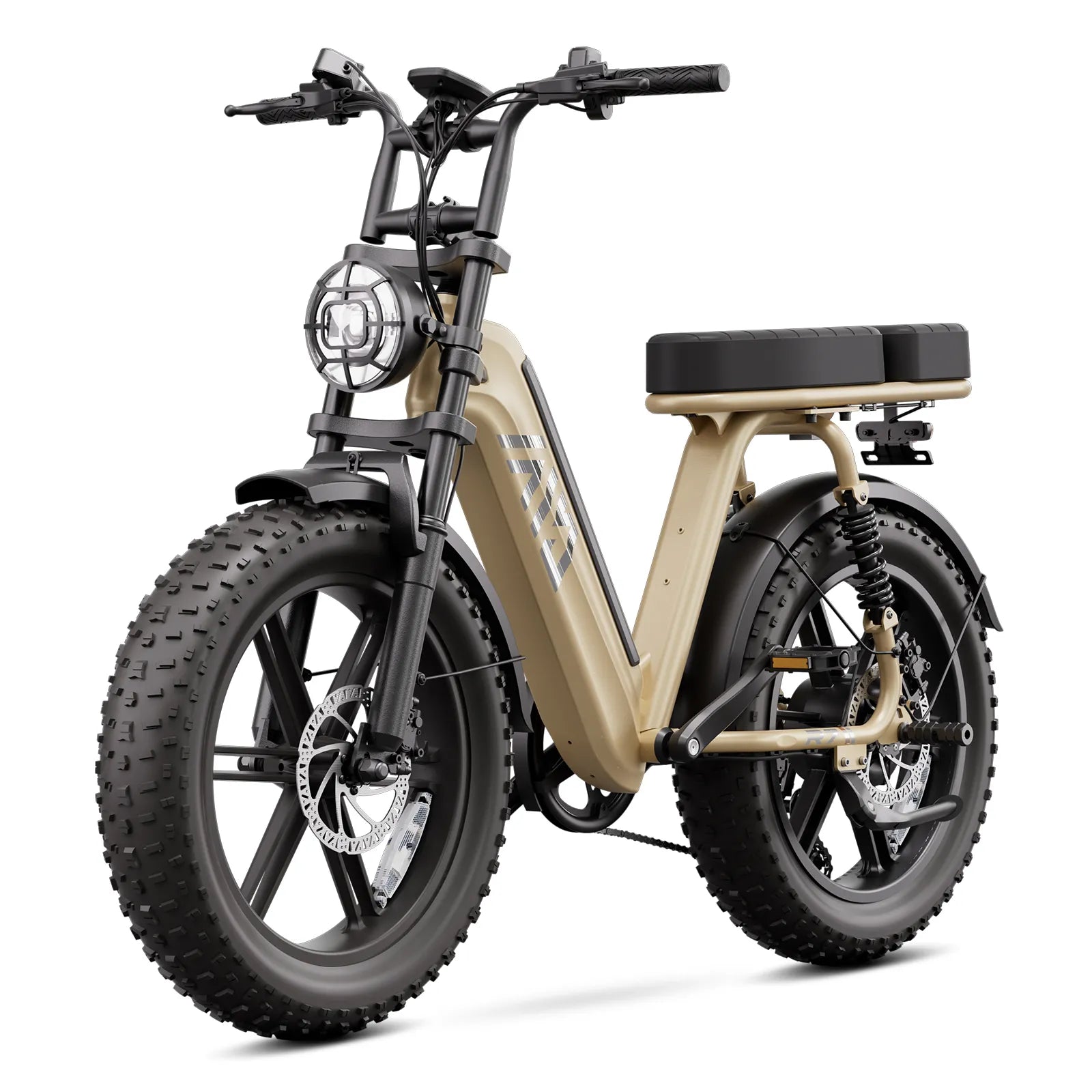
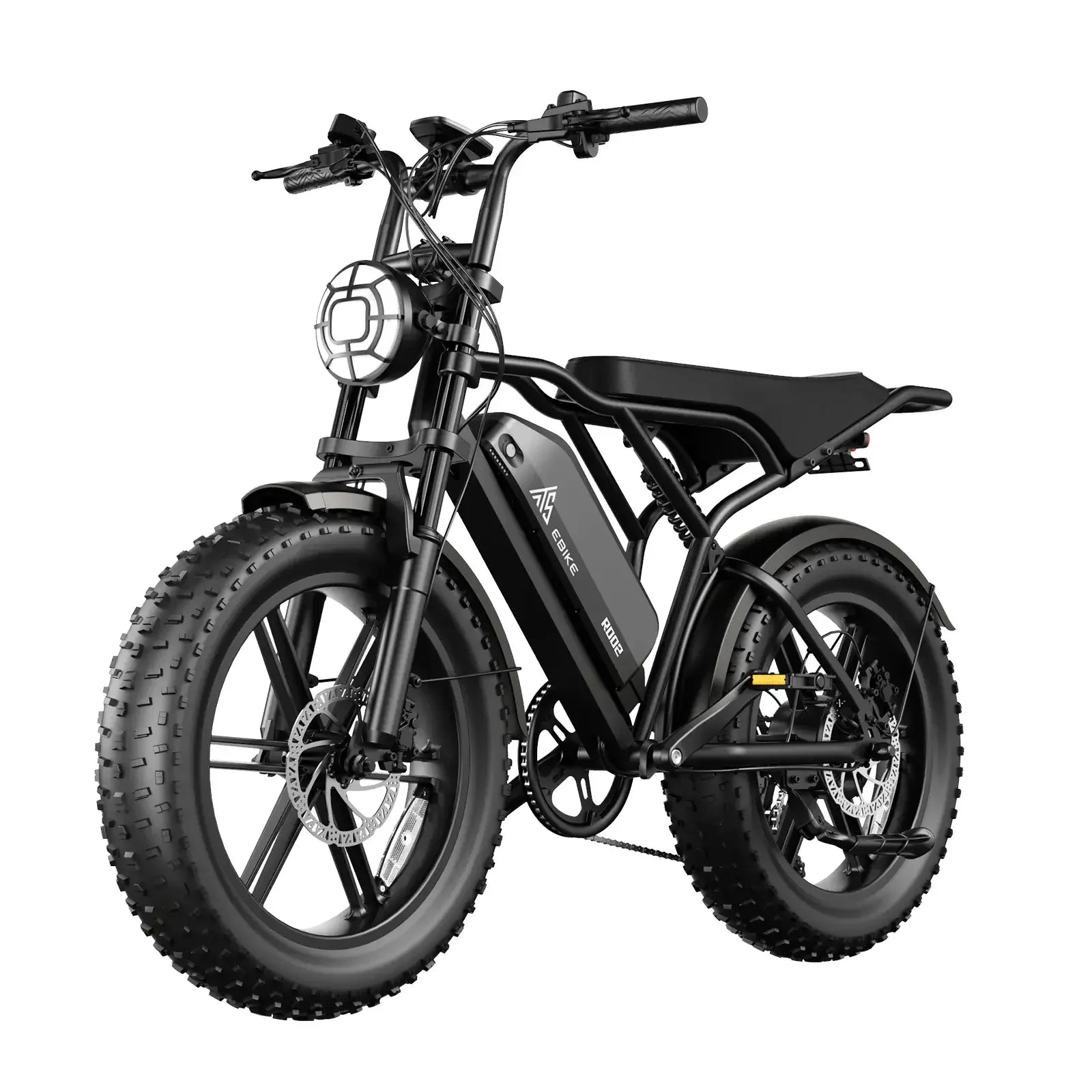

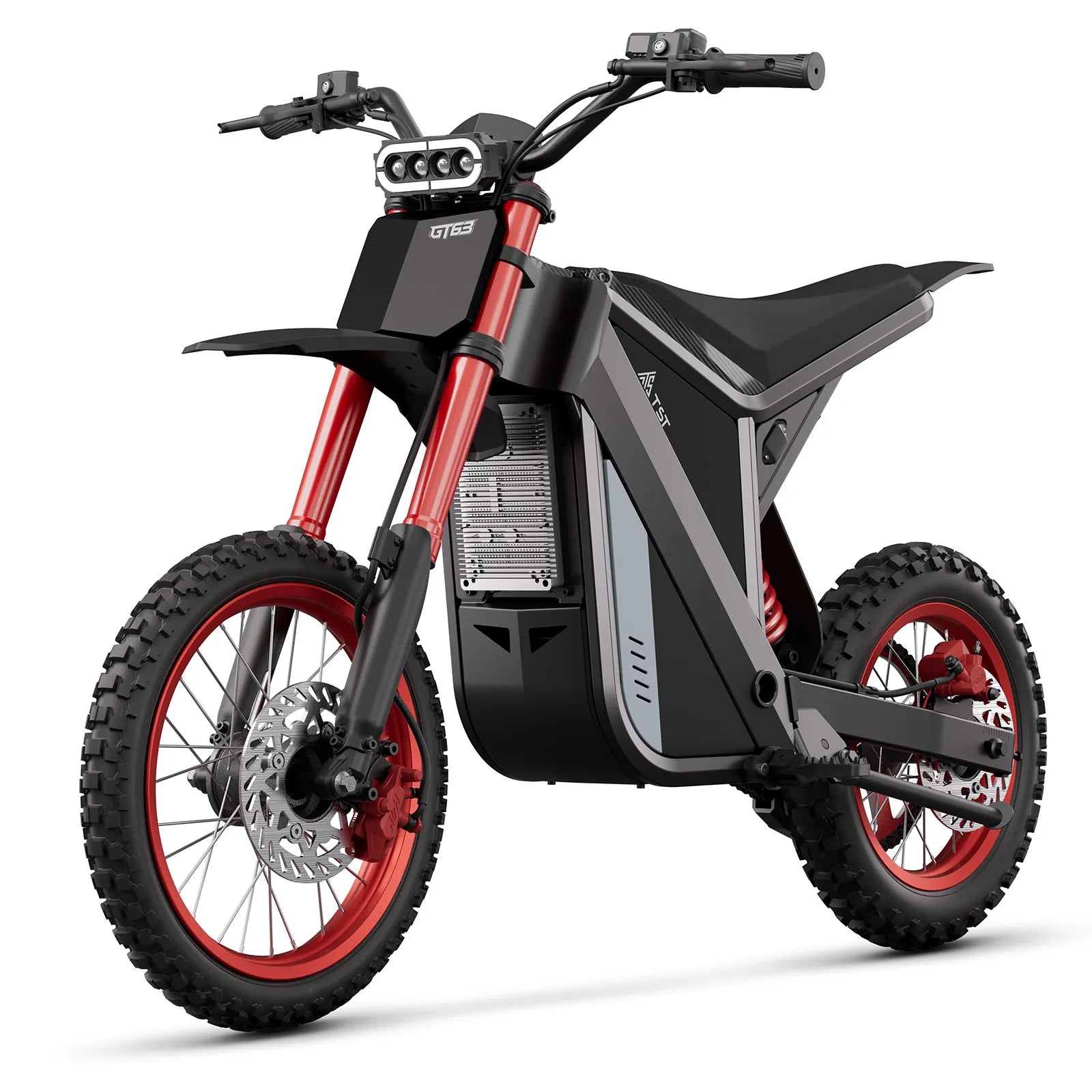
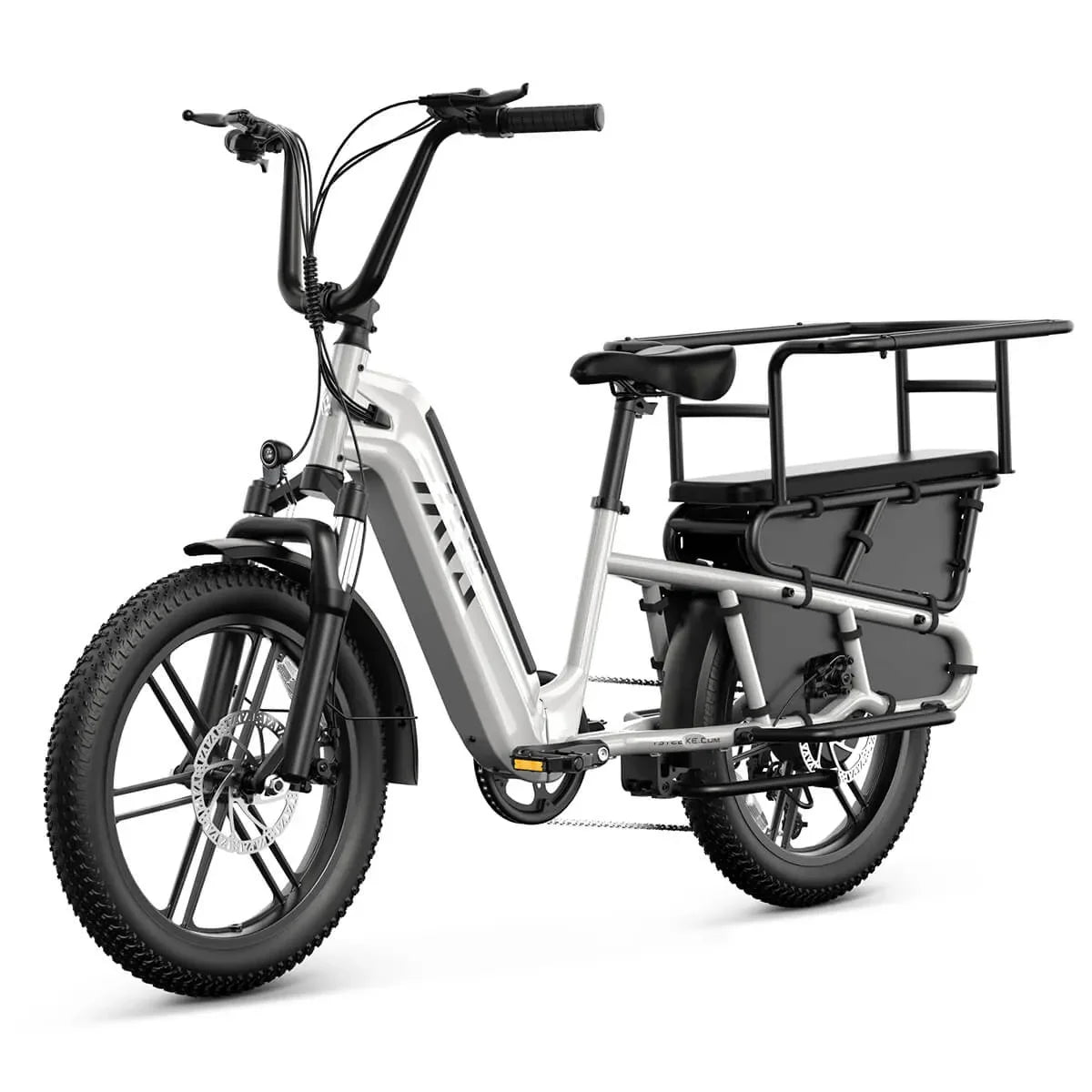
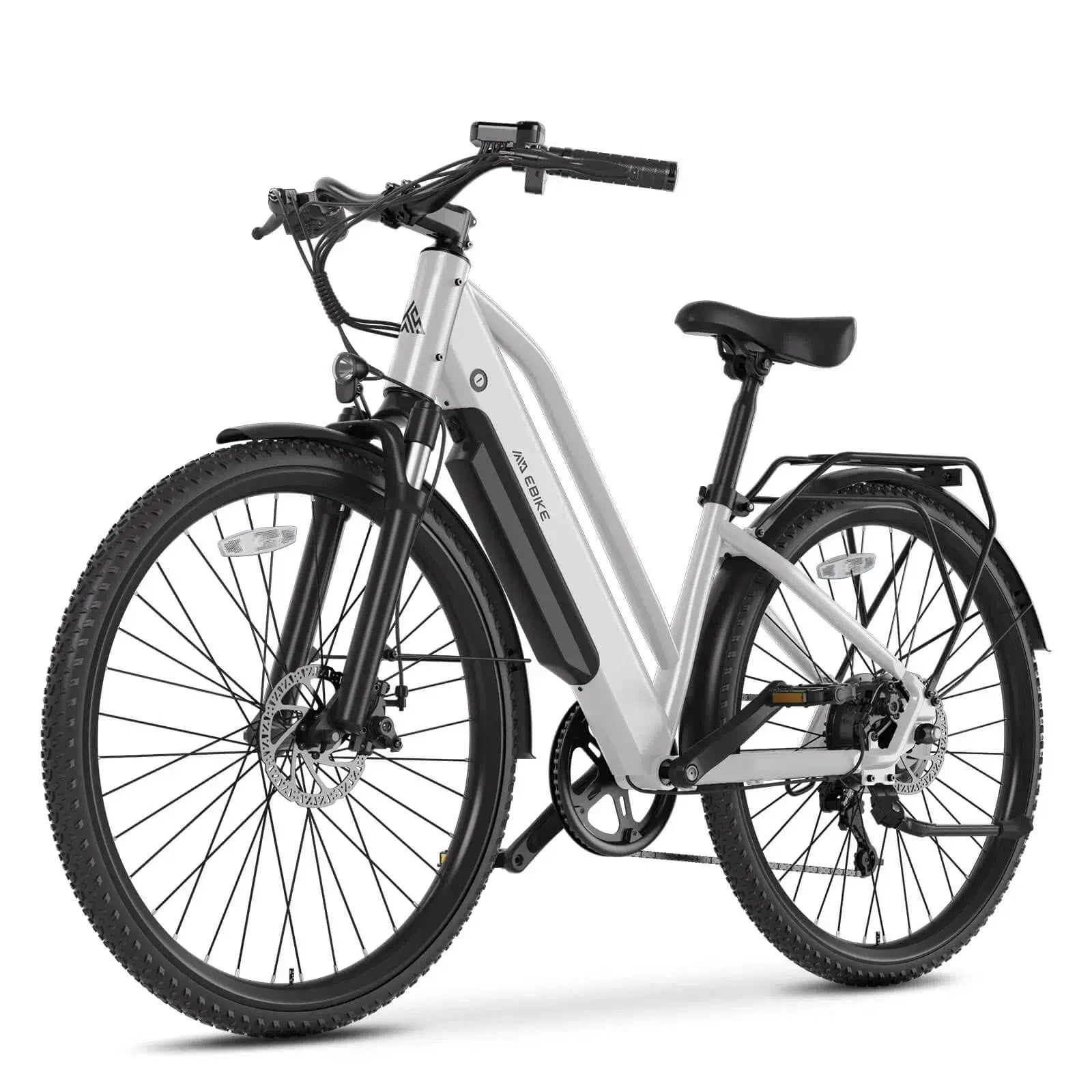
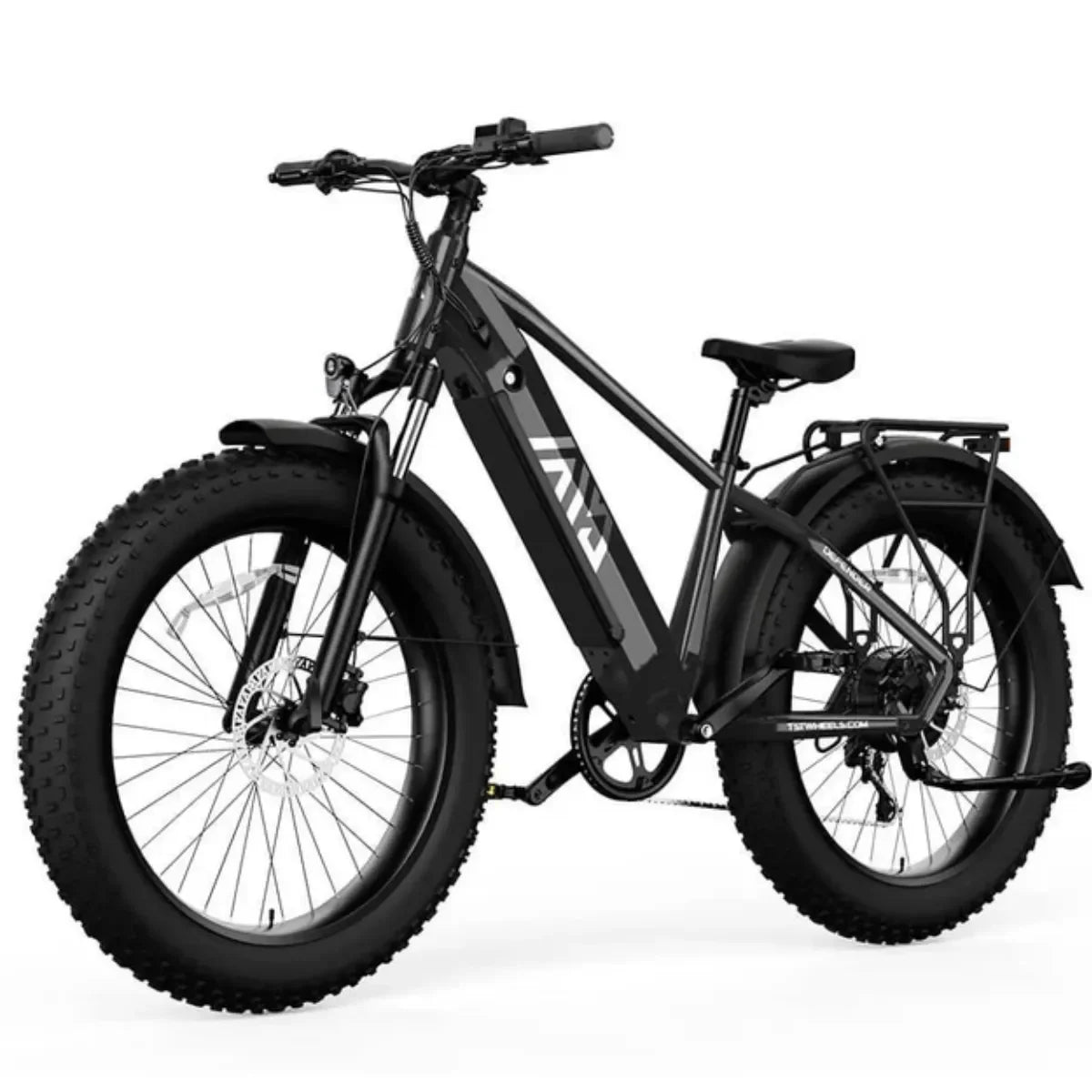
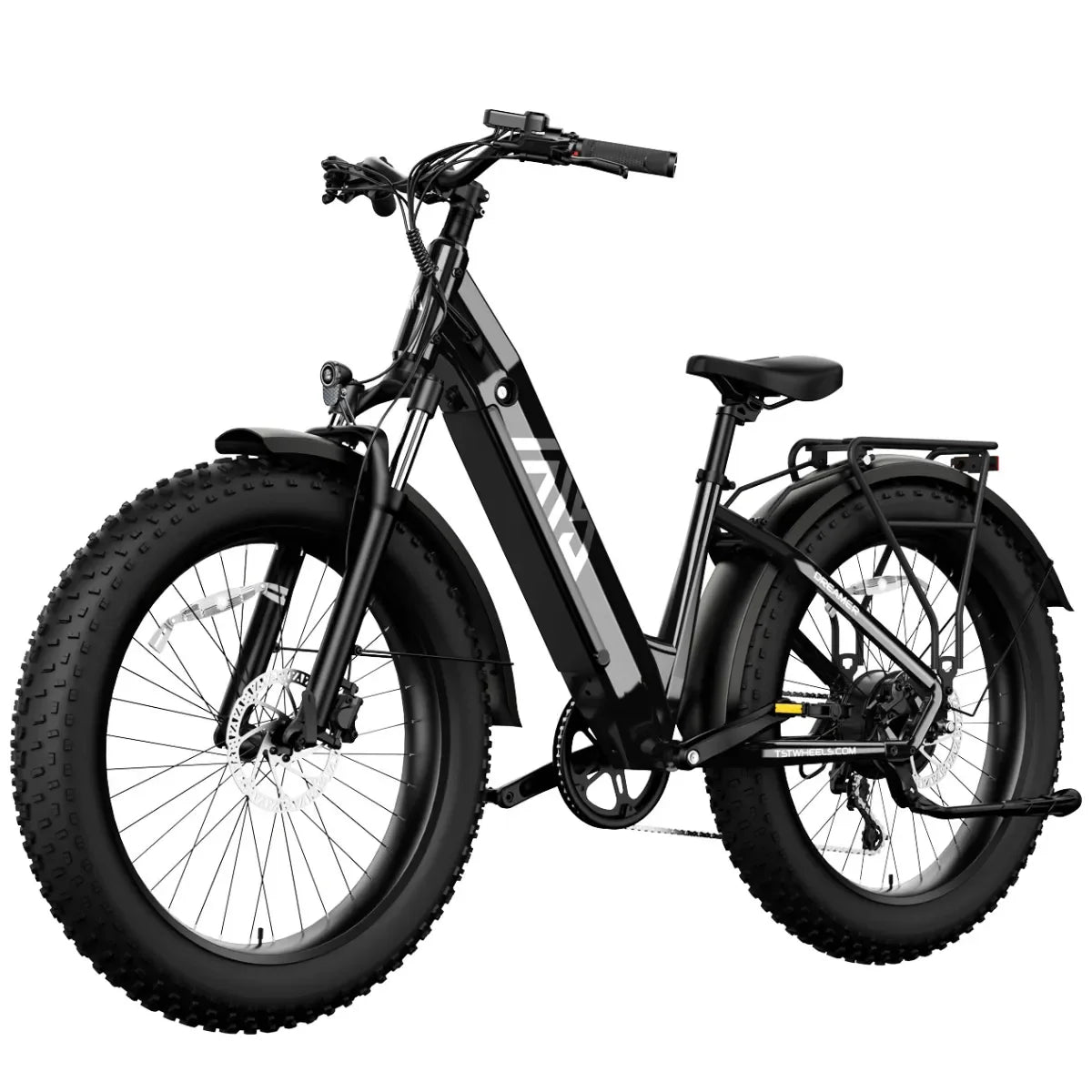
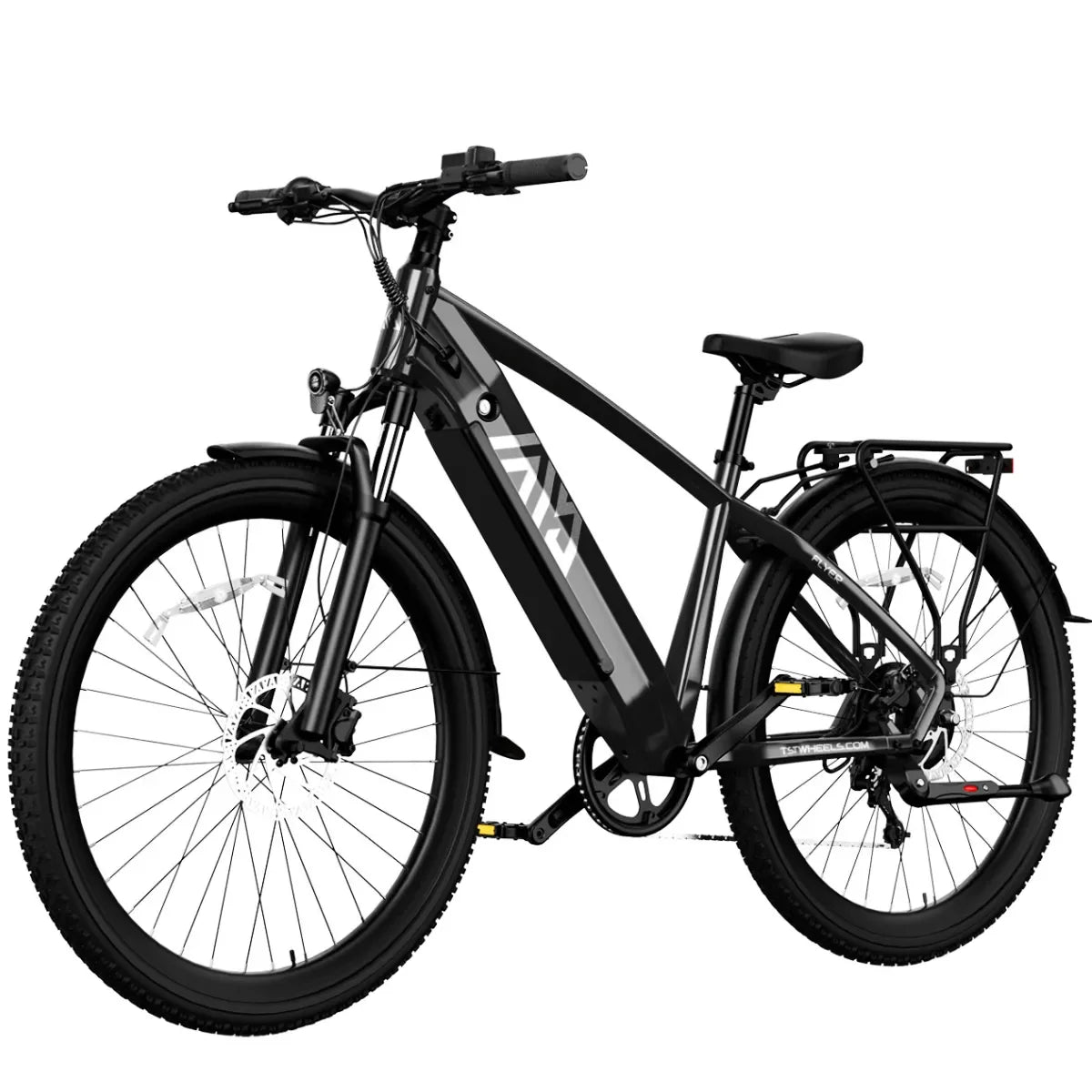
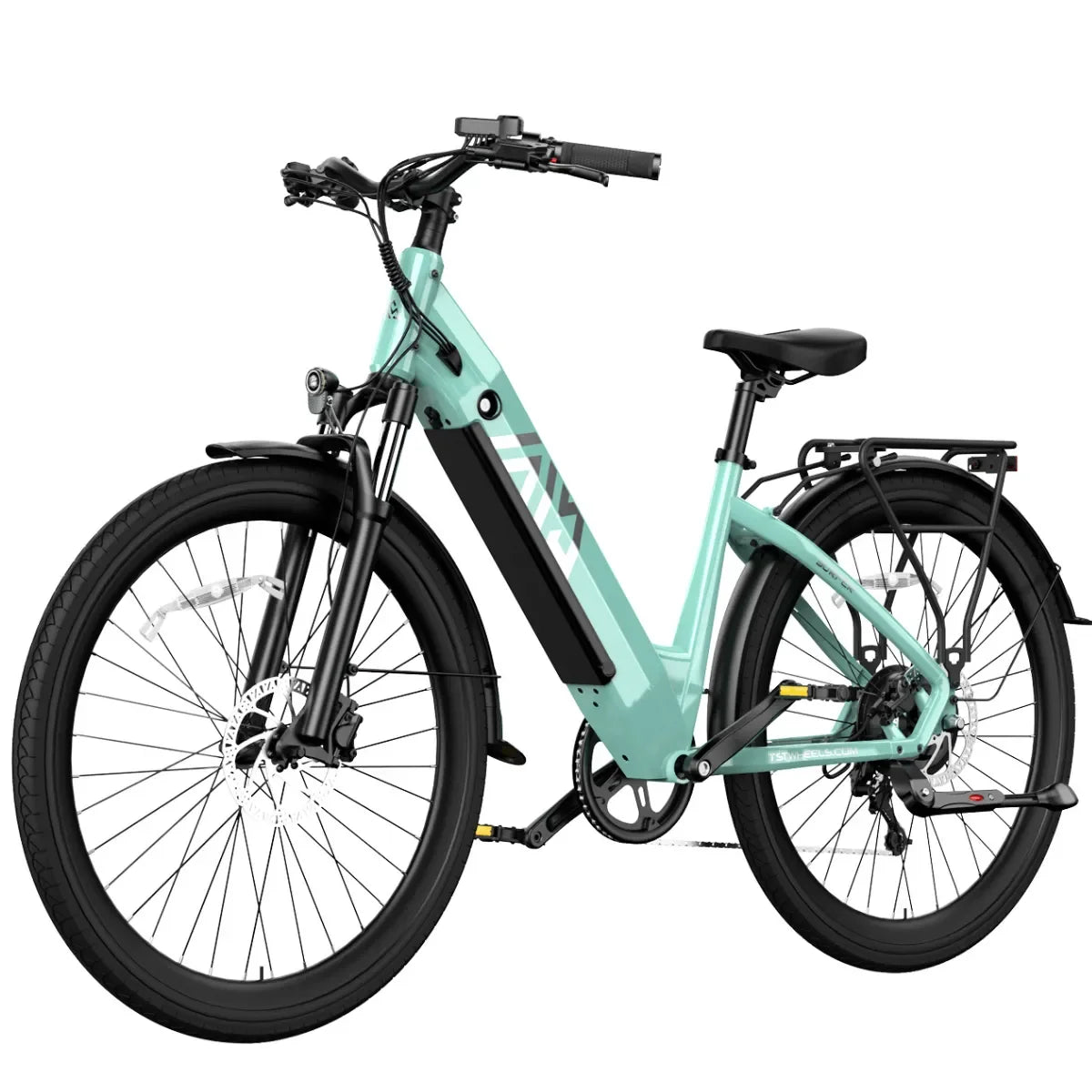
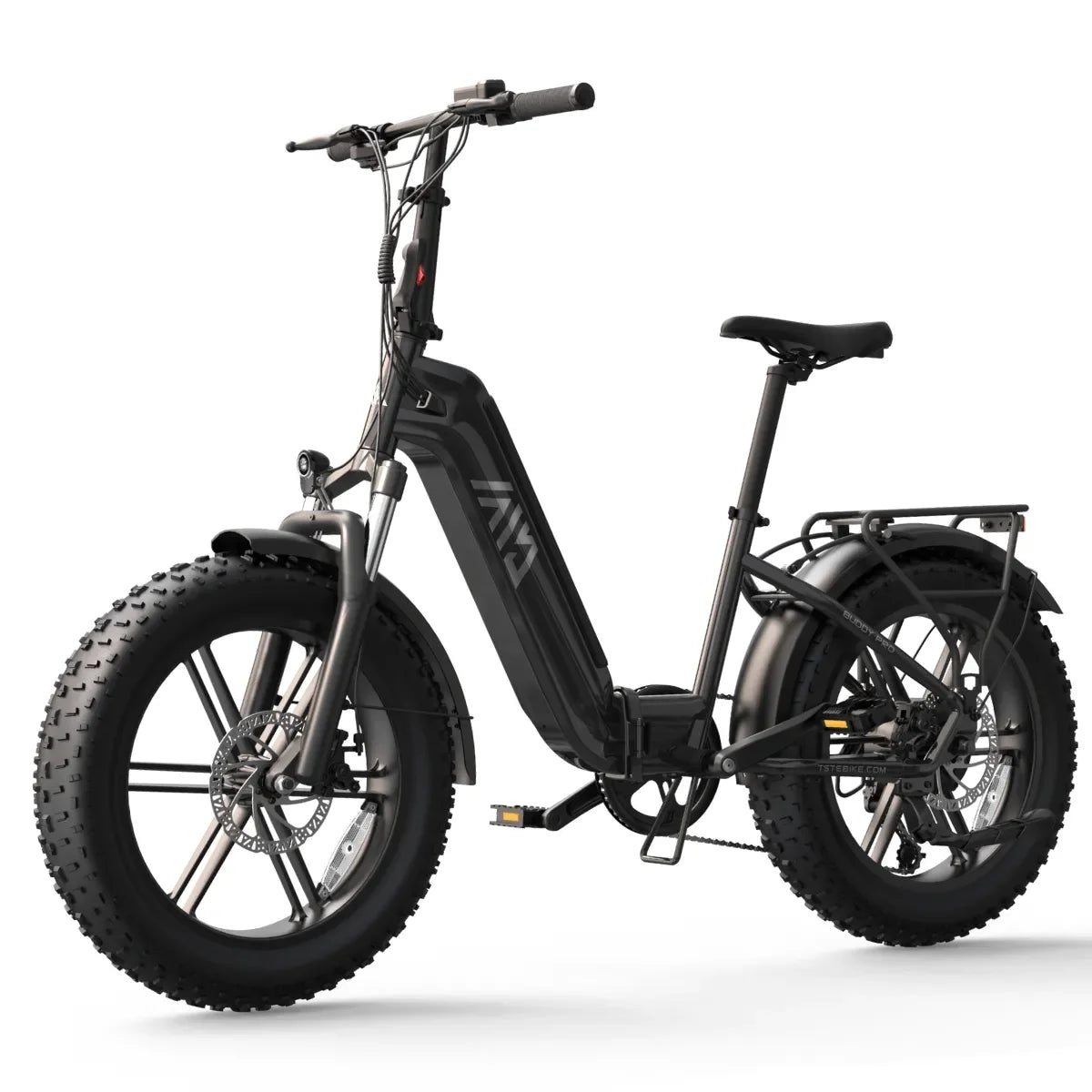
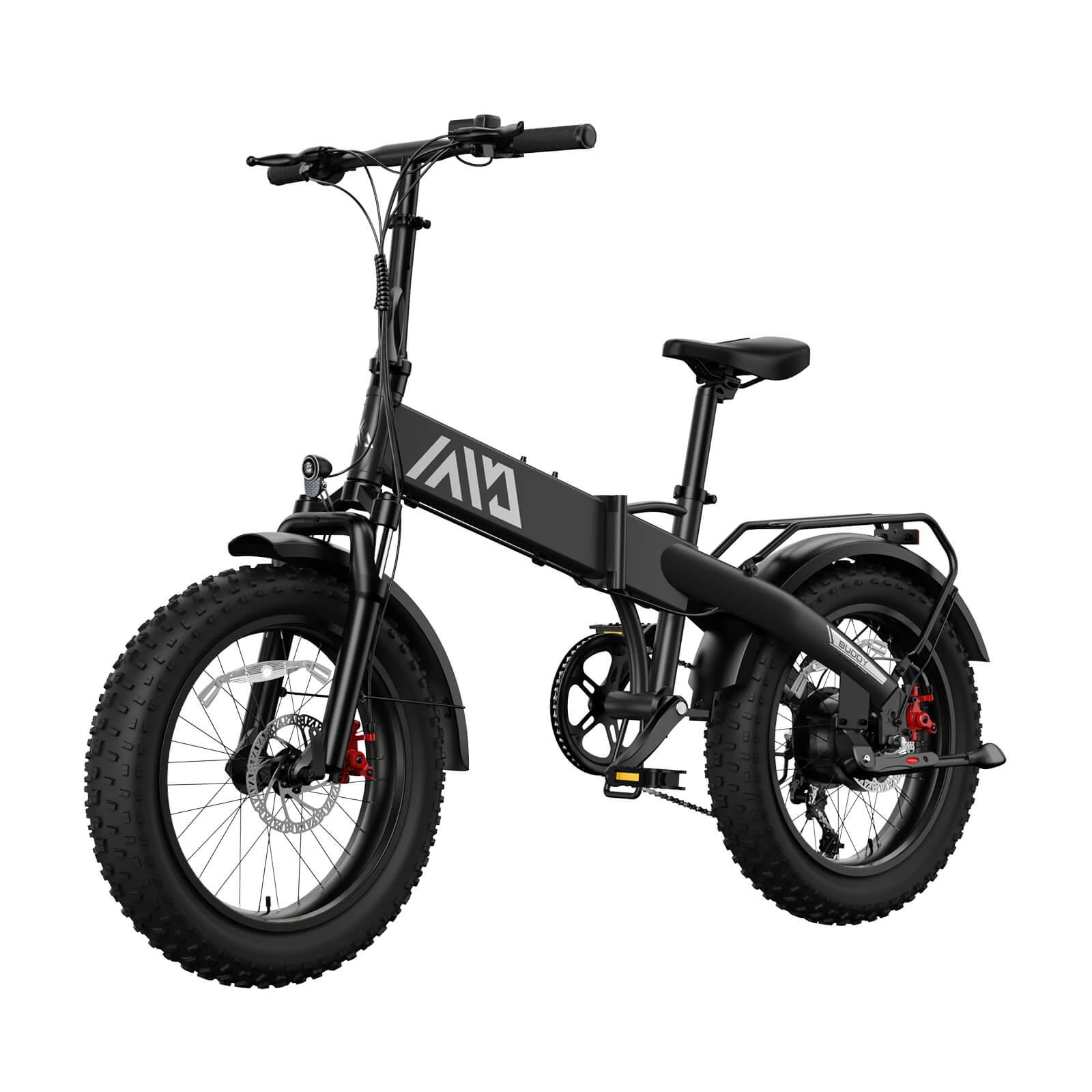
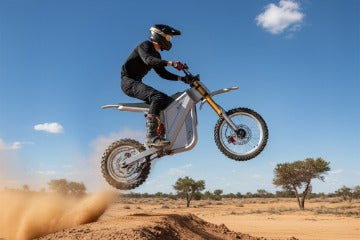
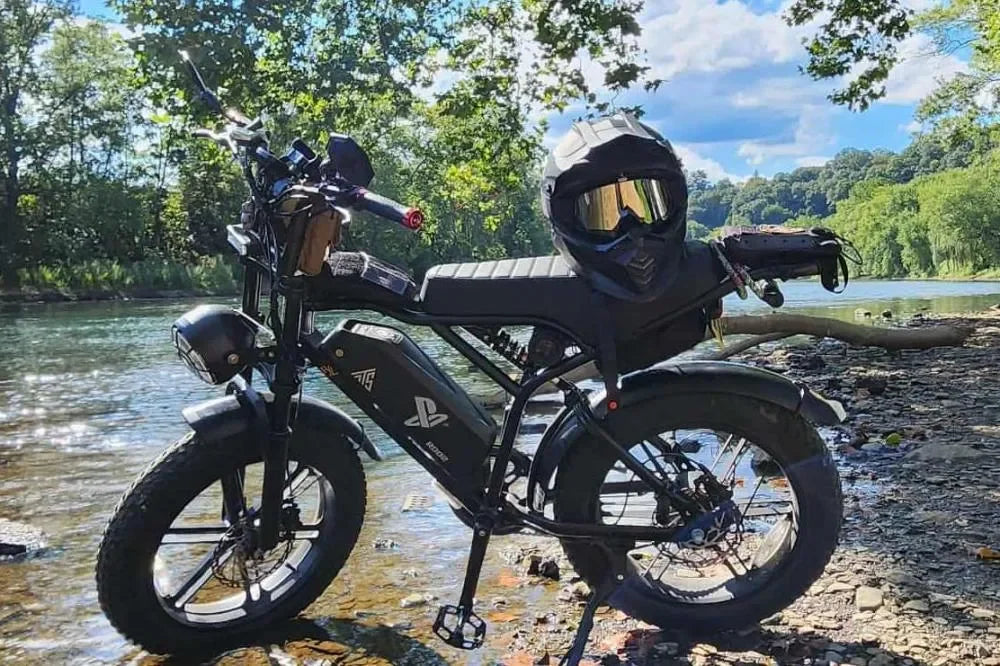
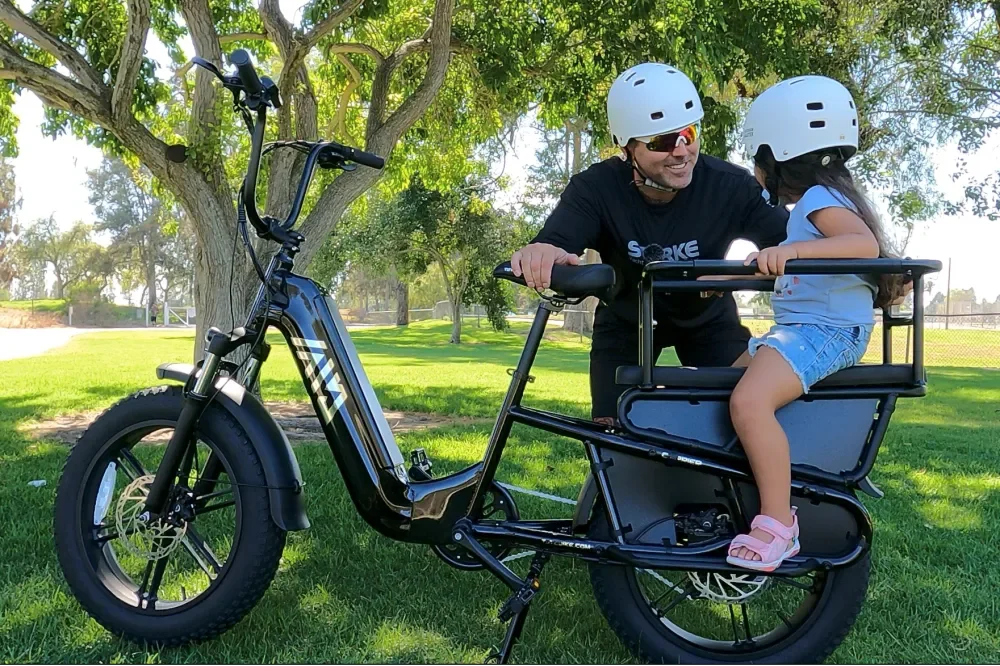
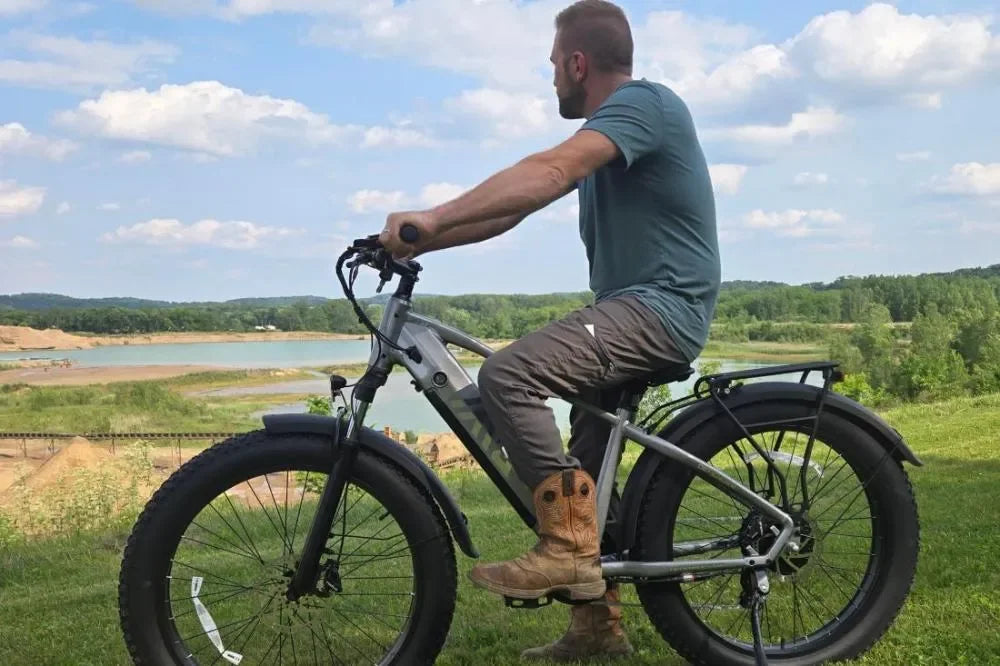
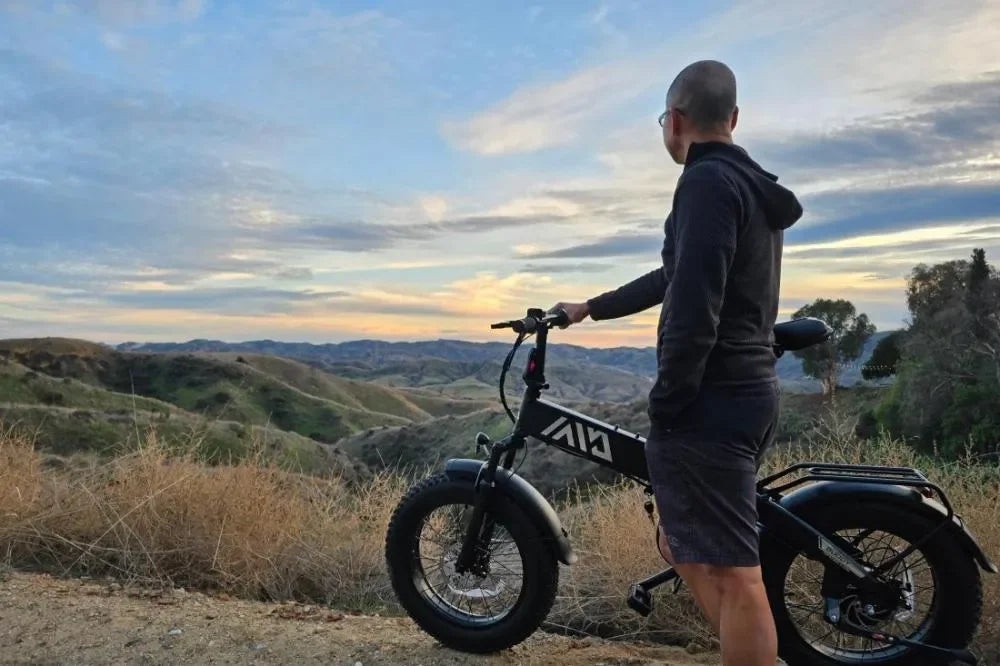
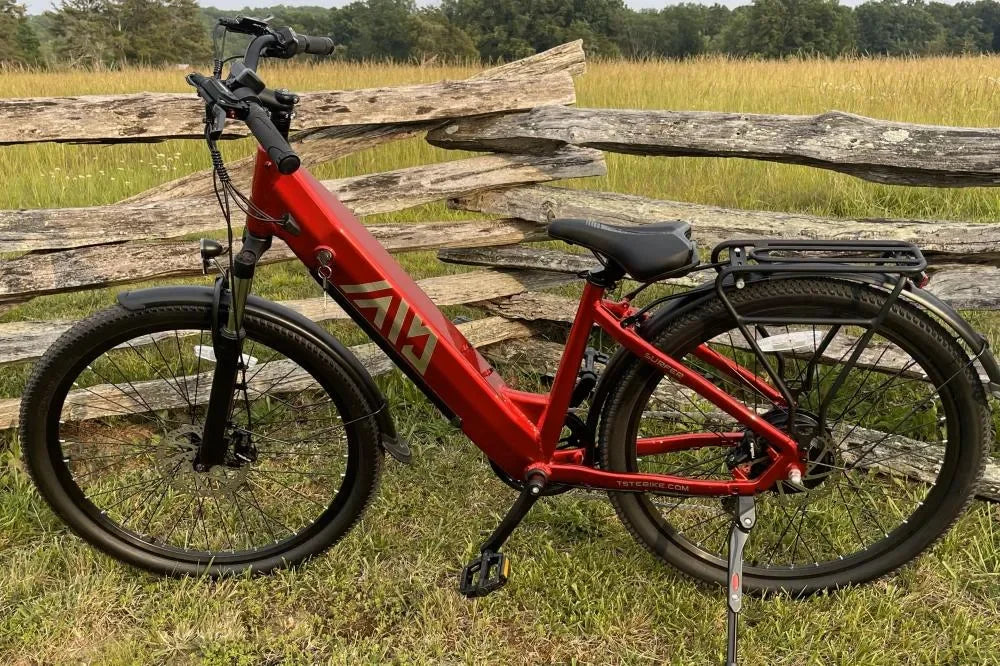
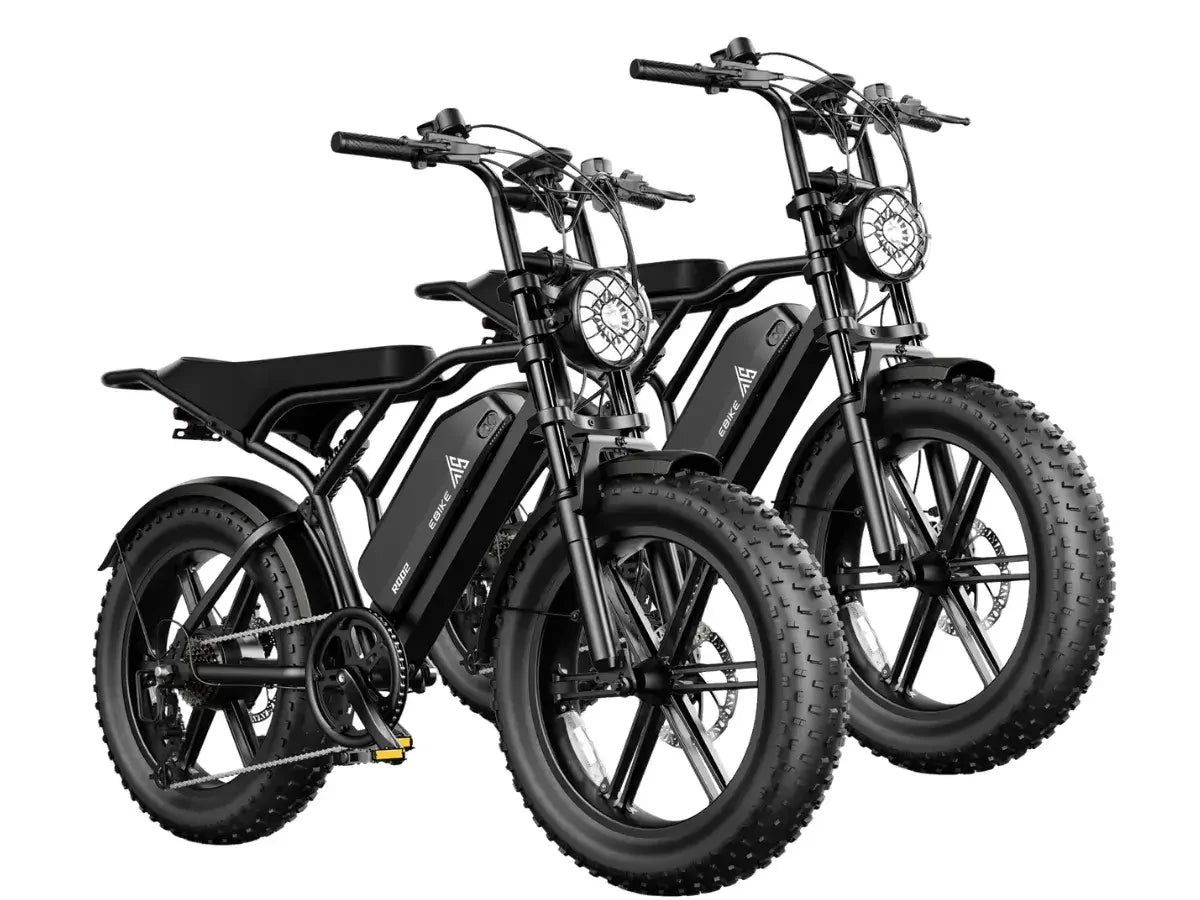
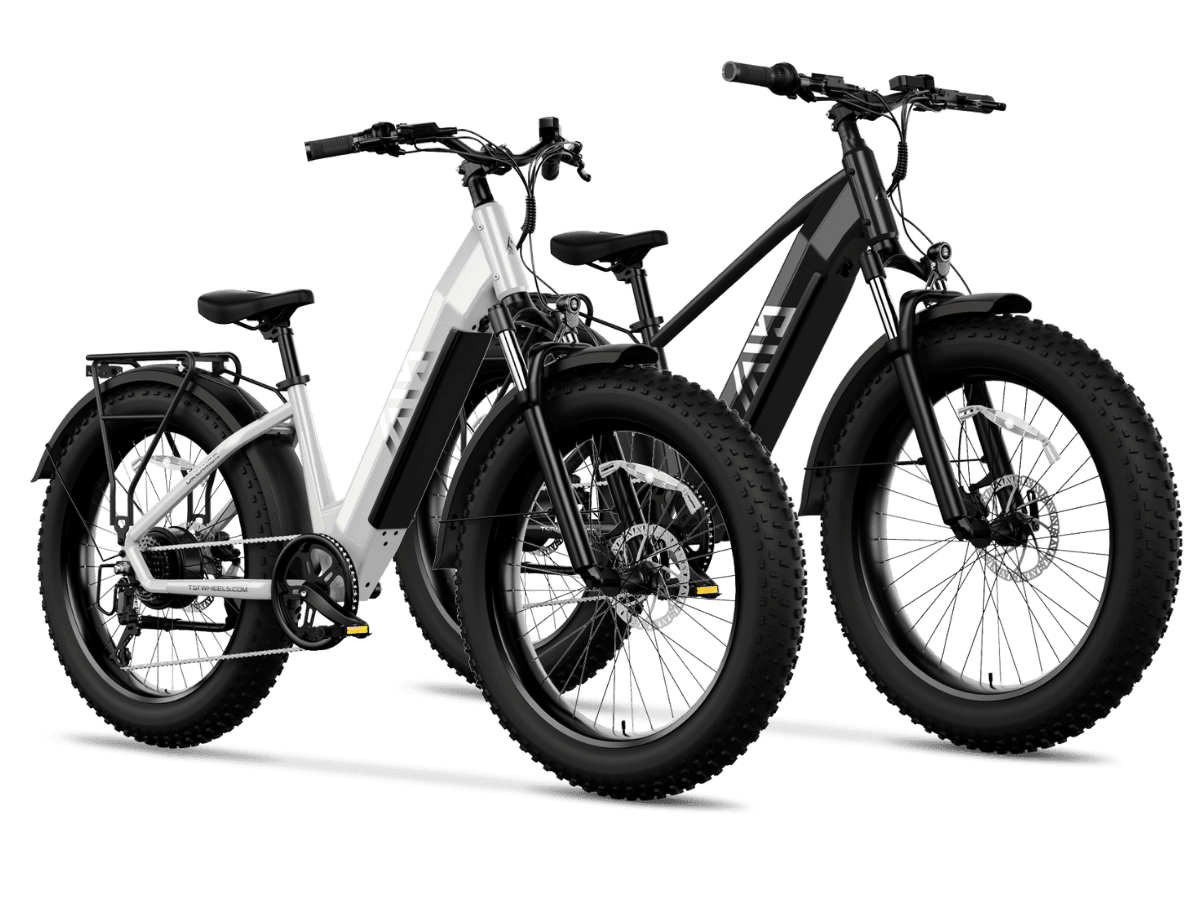
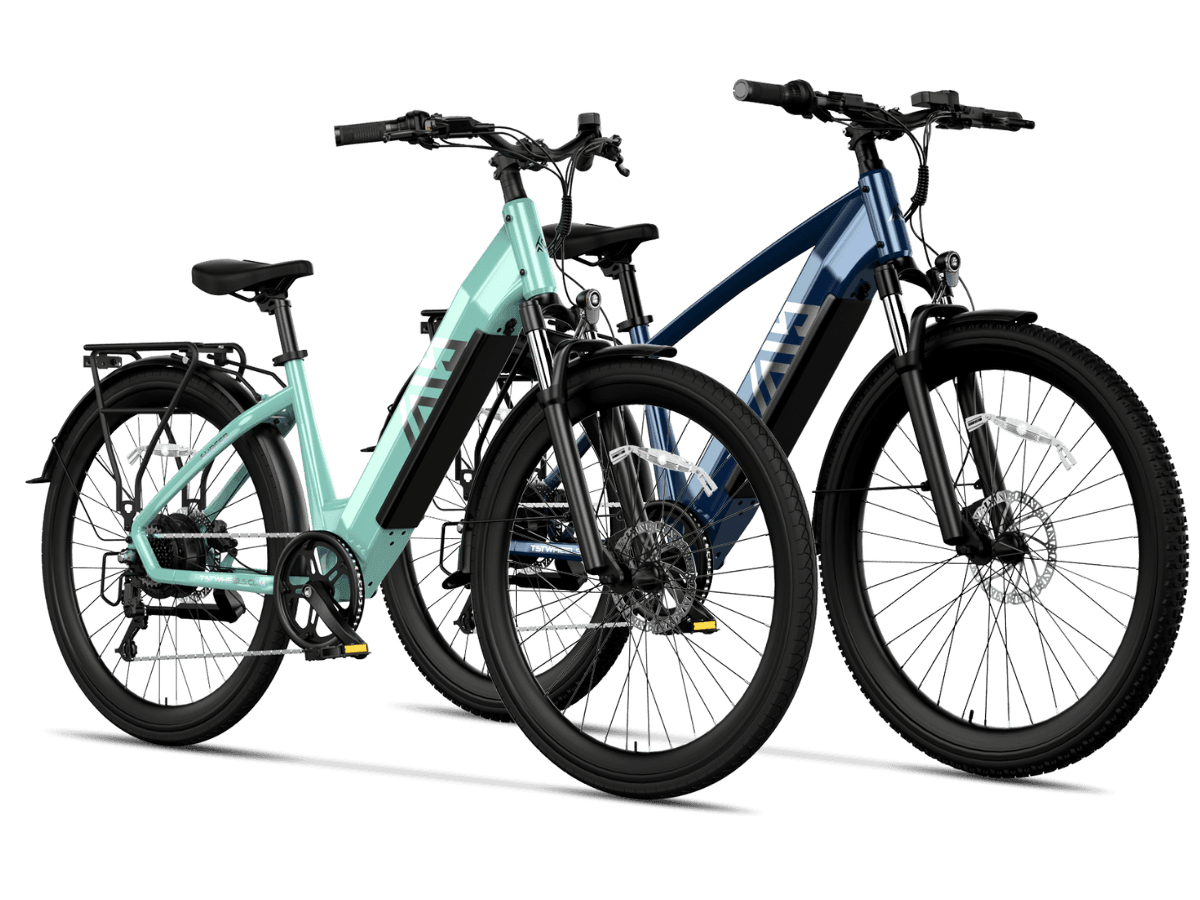
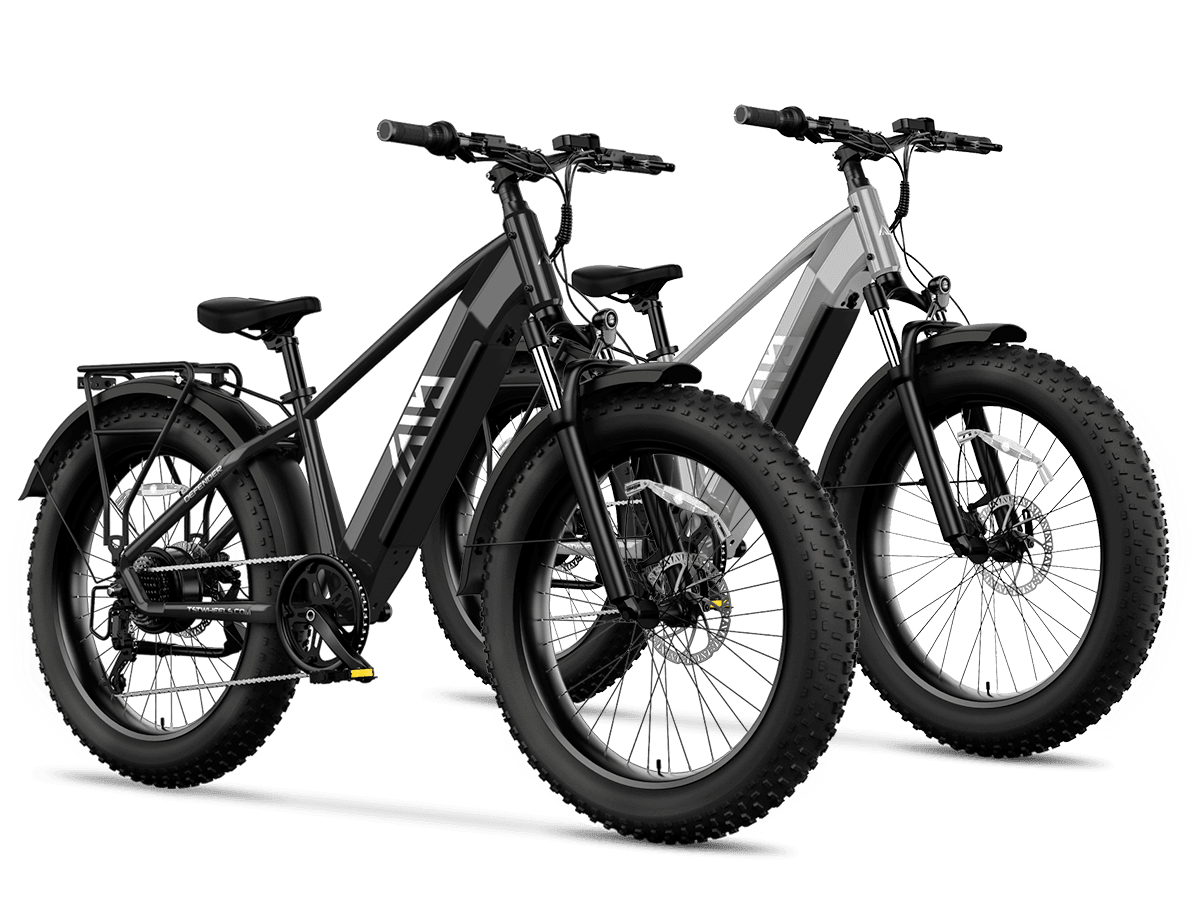
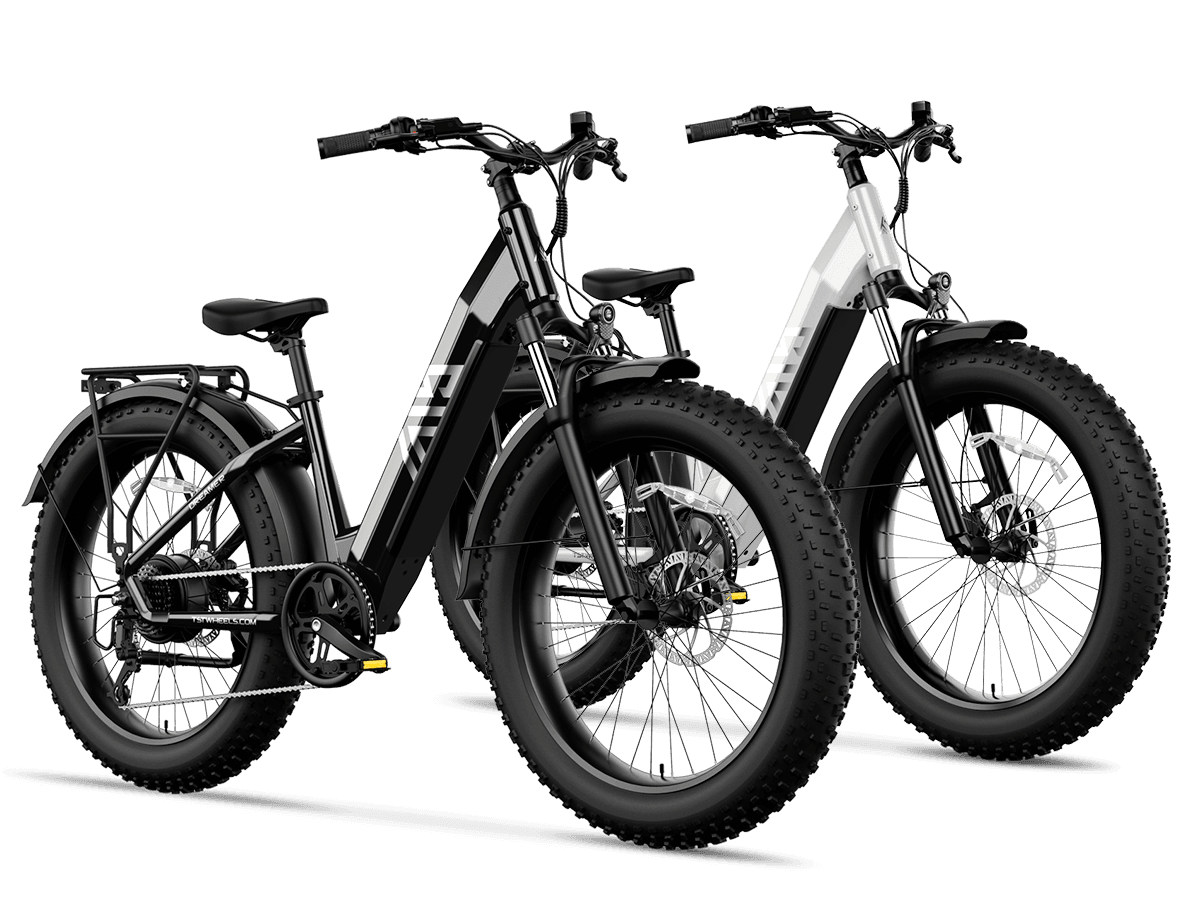
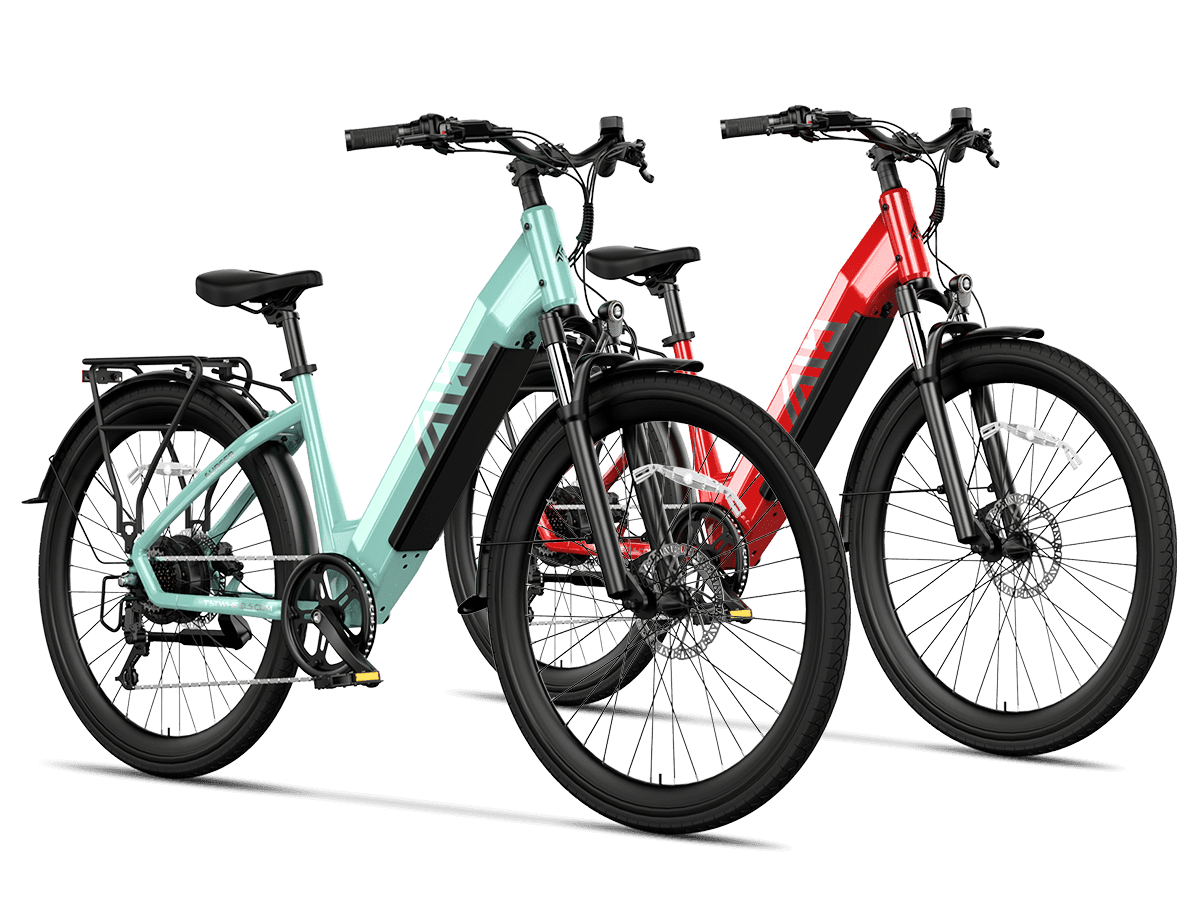
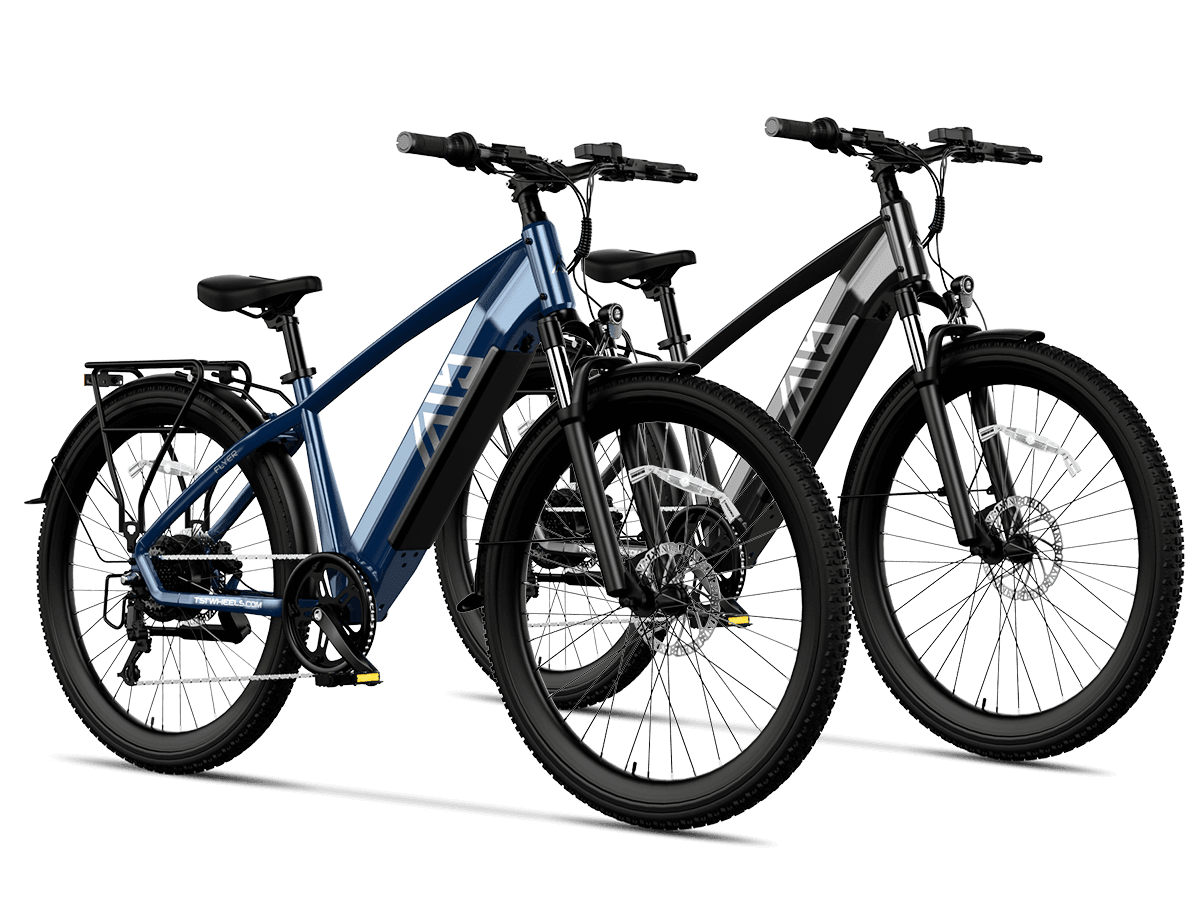
Leave a comment
This site is protected by hCaptcha and the hCaptcha Privacy Policy and Terms of Service apply.